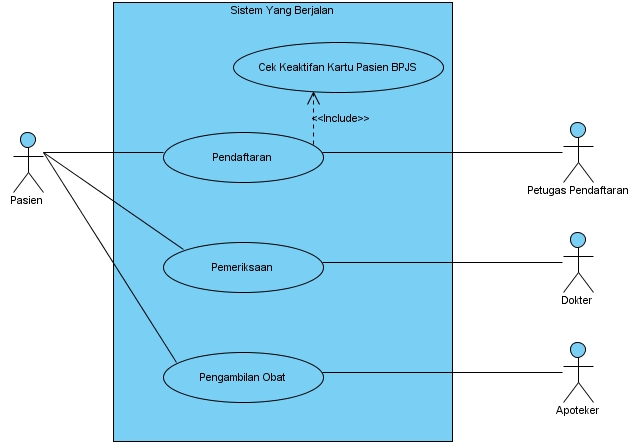

Use Case expresses the functions of the system and how the system functions interact with the external actors. Use Case Diagram is an expression of relations between the use cases in a specific system or object and the external actors. Class Diagram can contain not only classes but also interfaces, enumerations, packages, various relations, instances, and their links. Such as "Place an order," "Order confirmation," "Order details for preparation," and "Order delivery.Class Diagram is a visual expression of various static relations of class-related elements. The actions that take place during this sequence are the messages.

The cashier hands the order to the customer.Ī sequence diagram example for this scenario will have the customer, the cashier, and the kitchen as the three lifelines. The kitchen staff prepare the food and deliver it back to the counter The cashier confirms the order and gives order details to the kitchen They go to the cash counter and place an order The following interactions take place during this sequence when a customer wants to place an order: Let's use the example of a fast-food restaurant's ordering system to understand how a sequence diagram works. In complex sequence diagrams, you can add Alternatives, Options, and Loops to represent different sequences. Step 5: Include any other important features. You can add multiple activation bars on the lifelines. An activation bar is a thin rectangle that is placed under a lifeline to represent the time it takes to complete a task. "Add to cart"-"Total"-"Confirm order") is the sequence. In online shopping, for example, the "actor" is the customer, while the shopping system (e.g. An actor is an external entity that interacts with the sequence but is not a part of that sequence. Seven different types of messages can be used in a sequence diagram. It is represented using a horizontal arrow. A message is an interaction between the lifelines. Each lifeline is placed in a box at the top of the diagram and has a vertical dashed line below it. There can be two or more lifelines in a sequence. Lifelines represent the roles or object instances that are interacting. Start by selecting the Sequence Diagram Template and then follow these steps: Our whiteboard tool enables teams to effortlessly create and share their own sequence diagrams.
#STARUML USE CASE DIAGRAM ARROW UPDATE#
Teams can update every element within a sequence diagram to match changing events or circumstances without overhauling the entire diagram. You can start with a high-level view of the system and then delve into the details as required. With a sequence diagram, analysts can examine a system, whether that's a shopping kiosk or a new app, at various levels of abstraction. Because of this, you can use it as a collaboration diagram. Since creating a sequence diagram requires teams to flesh out all the details of a system, it helps them find problems well before the implementation phase.Ī sequence diagram is an excellent option when you want to clearly depict how a system works or should work during team meetings or projects. Discover interface and logical problems early Let’s walk through four benefits of a sequence diagram.ġ. So, when staff or analysts are designing a new system, one or more sequence diagrams are used to showcase how this system will behave. However, one of its primary use cases is in requirements documents for future systems implementation. Teams can use this diagram to analyze existing work systems. The diagram for the second example does not necessarily need to have an "actor." In the first scenario, the customer is the "actor" or external entity that interacts with the elements of the diagram. You can use a system sequence diagram to map the customer journey through an eCommerce store or to get a high-level overview of specific business functions. It is a type of interaction diagram, and it’s also referred to as a UML sequence diagram. What is a sequence diagram?Ī sequence diagram is a Unified Modeling Language (UML) diagram that showcases the interactions between the objects in a system in sequential order. Keep reading to learn more about our UML Sequence Diagram Template. Teams use the diagram to get a better overview of their work processes. A sequence diagram is a tool that depicts object interaction in a system in sequential order.


 0 kommentar(er)
0 kommentar(er)
